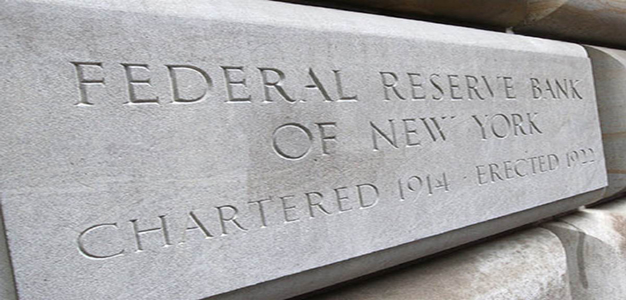
by Pam Martens and Russ Martens at Wall Street on Parade
Adding to a very long laundry list of questions about exactly whom the New York Fed serves, is the help-wanted ad that was posted four days ago. The ad is for a Financial Planning & Analysis Expert to work at the New York Fed’s headquarters in lower Manhattan. One part of the job description is this: “modelling of potential investment opportunities.”
The New York Fed is supposed to be implementing monetary policy on behalf of the United States as mandated by the Federal Open Market Committee (FOMC). As far as public FOMC records indicate, the New York Fed has not been assigned the job of seeking out “potential investment opportunities.” So for whom is it seeking out these investment opportunities? Is it looking for profit-making investments for the Wall Street megabanks who own it and whose CEOs rotate on and off its Board of Directors? Had the New York Fed not become so cozy with these megabank executives, one would not have to be asking that question.
Every time there is a massive Fed bailout of these megabanks, the New York Fed manages to be the entity creating trillions of dollars out of thin air for the bailouts; handing out no-bid contracts to manage the bailouts to the same megabanks being bailed out; and then locking up for two years the names of the banks that got all the loot so that the public’s attention has moved on when the shocking details are finally revealed.
Consider the chart below reflecting the largest secret borrowers from the New York Fed’s emergency repo loans that it funneled to Wall Street trading houses in the last quarter of 2019. These trading houses were receiving trillions of dollars from the New York Fed in cumulative loans, that morphed from overnight loans to term loans for as long as 42 days at a time, and yet neither the Federal Reserve Board of Governors in Washington, D.C. nor the New York Fed have offered any credible explanation for what this financial crisis was all about. Clearly, it was unrelated to COVID-19 because the emergency repo loans began on September 17, 2019 – months before the first case of COVID-19 was reported anywhere in the world:…
Continue Reading